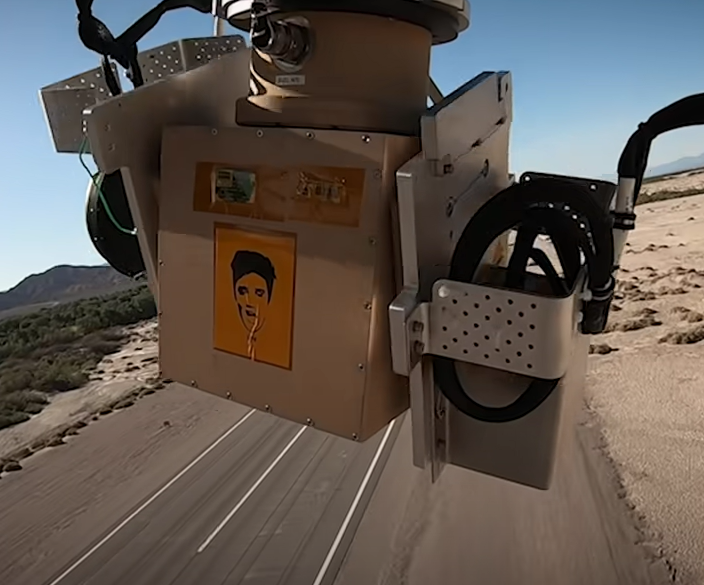I’ll preface this by saying that while this is in the ‘Things I Like’ category, there is nothing I like about this situation. It is maddening how women in science are treated, but I placed it here because I think the short documentary is worth everyone’s time.
One of the great disappointments of history is the academic slights dealt to Rosalind Franklin with respect to her role in discovering the structure of DNA. To make matters worse, she died before any right could ever done unto her. It’s an infuriating thing to learn about in high school biology class, as I did, and something that has consistently stuck with me.
Now, enter Jocelyn Bell Burnell, the graduate student who effectively discovered pulsars using her lab’s radio telescope. She did this by analyzing miles of technical telescope print outs, at which point she found a particular anomaly that seemed significant — which her PhD advisor labeled ‘interference’. It was he who won the Nobel prize for the discovery; not Jocelyn, not Jocelyn and him, just him who I shall neglect to even name on the grounds of the fact that he made no effort to effectively recognize her. Rather, he labeled the whole situation just. He said that, after all, it was his telescope and his lab.
It always surprises me how such events unfold. That people would rather steal away any bit of fame and recognition they can purely for themselves instead of sharing the entire pie, so to speak. There’s a quote I like from a TV show I watched in high school (a rather soapy type drama at that) that goes "All of this means nothing if you’re alone”. But I guess to some people all of this means everything even if you are alone.
However, I’m happy to say that Jocelyn Bell Burnell has been treated better in recent years. She has a quite long list of accolades to her name, and in 2018 was awarded the Breakthrough Prize in Fundamental Physics for her work with pulsars. It doesn’t make how she was treated ok, and it certainly isn’t enough especially after all these years, but it is a start.
If you want to learn more about her and the situation, I highly recommend the attached short documentary below.


